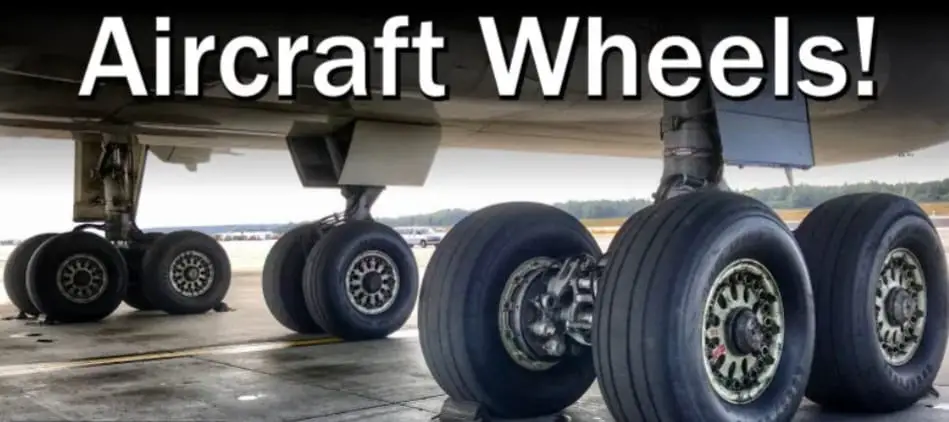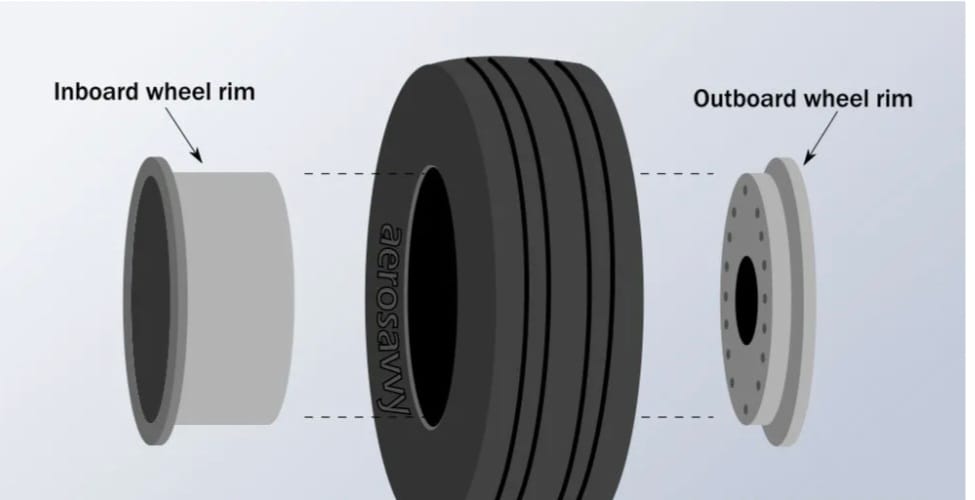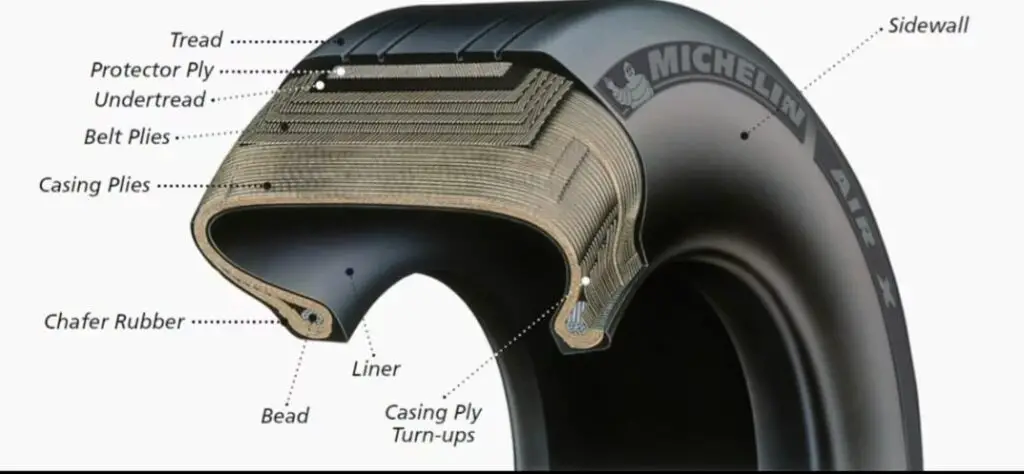The closest engineers came to reinventing the wheel was in the creation of aircraft tyres. When engineers use the term ‘wheel’ as shorthand for ‘wheel assembly’, comprising both a wheel and its tyre — must collectively support perhaps 575 tonnes; withstand sports-car-calibre speeds over 200mph (an aircraft tyre’s speed limit, typically 235mph, is often printed on its sidewall); and absorb the prodigious heat that the brakes will pour into them on landing, or if a take-off is halted.
Aircraft wheels undergo a diverse range of environmental conditions, and each flight puts them through a cycle of greater extremes as we climb up to cruising altitudes where air pressure may be only a fifth of that at sea level, and temperatures may drop below -60C (landing gear bays are neither heated nor pressurised).
Tyres that can do all this cost as much as a second-hand car, yet their jet-setting lives are brief!

Perhaps most exceptionally, aeroplane tyres must also withstand the added force of touchdown and a head-spinningly rapid acceleration when long stilled; they make contact again with the racing tarmac.
Tyres equipped to withstand all of this come with exorbitant costs; to put things into perspective, these tyres cost about the same as a second-hand car, and it should be no surprise why many have ‘AIRCRAFT’ written on their sidewall. When an engineer determines that a tyre’s circumferentially grooved tread is ‘worn to limits’, it’s time for a wheel change.
It may be interesting to note that the wheels of a long-haul aircraft may need to be changed about every 12 weeks; during this short time plane may have performed fewer than 150 take-offs and landings and is likely to have rolled along lower than 400 miles of the runway (plus additional more leisurely mileage on taxiways).
A wheel change takes a team of engineers about 45 minutes, and they differ by aircraft type, but main wheels (those under or near the wings) are different from nose wheels, which bear a much smaller fraction of the aircraft’s weight and are not equipped with brakes. There’s no spare tyre on board — and the tyres are carefully cross-checked part numbers and colour-coded protective covers to ensure the correct replacement is fitted.
The biggest planes don’t always have the most enormous wheels because they also tend to share the load among more of them. The giants are those of the Boeing 777-300; the combined mass of its 12 chest-high main wheels is around 2.5 tonnes.

The tyres of modern airliners are tubeless. And unlike the typical tyres of a bicycle or a car, they’re not stretched over the wheel’s rim. Instead, the tyre — stiff enough to help support the aircraft’s weight and resist deflection upon touchdown — is held between two hubs locked together by a phalanx of tie bolts.
Like a car, though, an aircraft has strengthened jack points, two-inch-wide ‘knuckles’ on the landing gear. In the interest of punctuality, wheel changes are typically completed long before passengers walk down the jetway. However, a wheel change can be safely completed with passengers on board if necessary. Indeed a wheel change is all but imperceptible from the cockpit or passenger cabin of a large airliner, so tiny — just a few centimetres — does the aircraft rise.
Jacks are an engineering marvel; some can lift weights as heavy as 150 tonnes, making it quite an impressive feat! Aircraft tyres are inflated with nitrogen — the inert gas that comprises most of our atmosphere — to a pressure of 200 psi or more, or six times a typical car tyre’s specification. Specialised pipes transfer high-pressure nitrogen from old tyres to the jack’s pump; this means that the wheel’s dying breath is used to breathe life into the tool engineers use to replace it.

The wheel is held in place by a single large (about 13cm) and costly nut, one loosened by a specialised socket and a wrench that’s more than a metre long. The wheel is too heavy to lift, so engineers pull it off onto a waiting cart. Then they inspect and grease the exposed axle. The new wheel is rolled into position and aligned, following which the nut is precisely tightened or torque loaded in engineering lingo and then undergoes a safety lock. The pressure sensor of the tyre is then connected to the aircraft computer network, and the hubcap then experiences a refit. The plane is then gently lowered back.
It is incredibly rare to experience a full-blown tyre failure; in my numerous interactions with pilots, I do not know anyone who has encountered such a scenario. Furthermore, redundancy levels are such that they would not be able to prevent the safe completion of a take-off or landing. However, double wheel changes are not uncommon as even if a single tyre operated in a partially deflated state, the adjacent wheel would also require removal as it inadvertently bore the brunt of the other tyres’ deflation.
After removal, the wheel is sent away to have its tyre retreaded, a great deal of digital paperwork is completed, and the jet — I’m recalling now that departure is formally defined not as take-off but as the moment an aircraft first moves over the ground under its own power ‘for the purpose of flight’ — is once again ready to roll.
